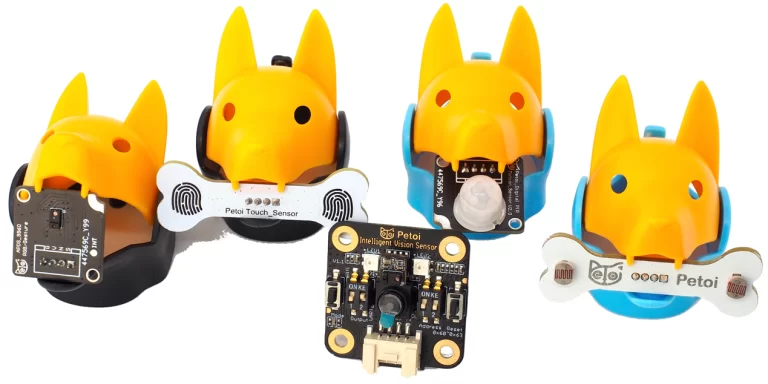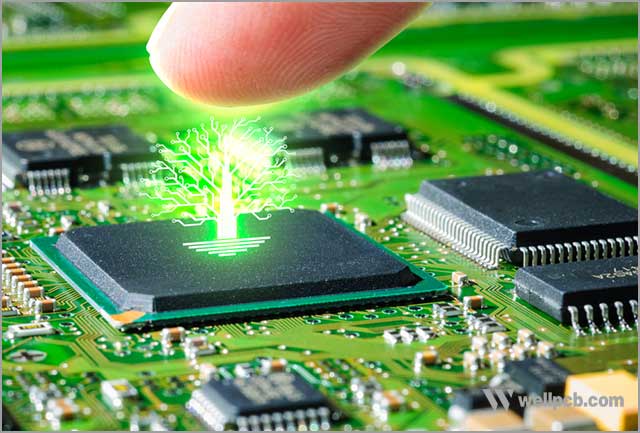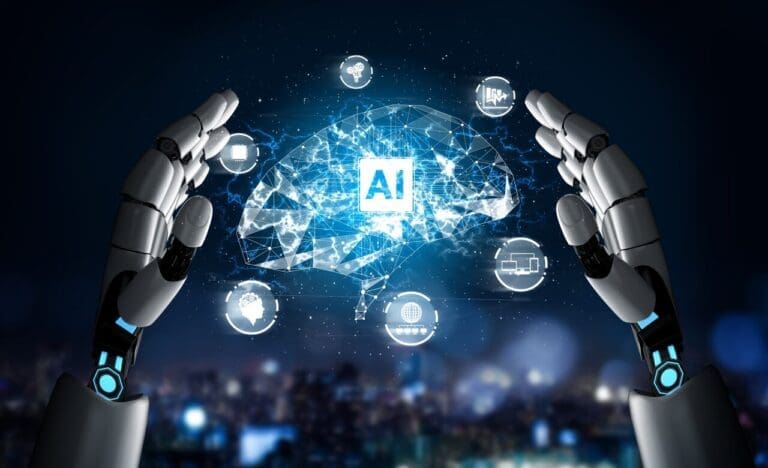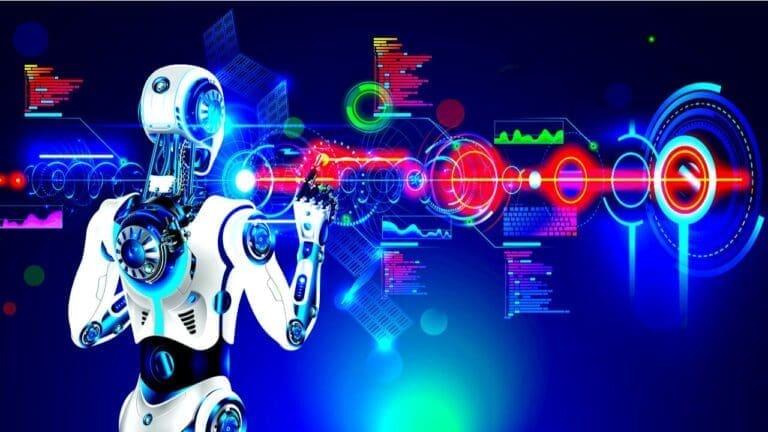Meet Grace – The New Healthcare Robot obeying Social Distancing during COVID 19 Crisis
The team behind the famous humanoid robot Sophia in Hong Kong launches a new prototype, Grace, designed for the healthcare sector and interacting with older and isolated individuals who have been affected by the COVID 19 pandemic.
COVID 19 and Robots
When the coronavirus emergency erupted into a full-fledged pandemic in early 2020, forcing the closure of countless businesses, robot manufacturers found themselves in an unusual case; Numerous businesses reported an increase in orders. Robots do not require masks, are easily disinfected, and, of course, do not become ill.
Since then, an army of automatons has been deployed worldwide to help with the crisis: monitoring patients, sanitizing hospitals, delivering packages, and assisting frontline medical workers to reduce their exposure to viruses. Not all robots are self-sufficient—many need direct human supervision, and most are limited to simple tasks. However, manufacturers claim that the experience gained during this trial-by-fire deployment will help them build smarter robots in the future and Grace is one of them.
More About Grace
Grace, dressed in a blue nurse uniform, has Asian features, brown collar-length hair, and a chest thermal camera that measures your temperature and ability to respond. Diagnosed with artificial intelligence, she is trilingual in English, Mandarin, and Cantonese.
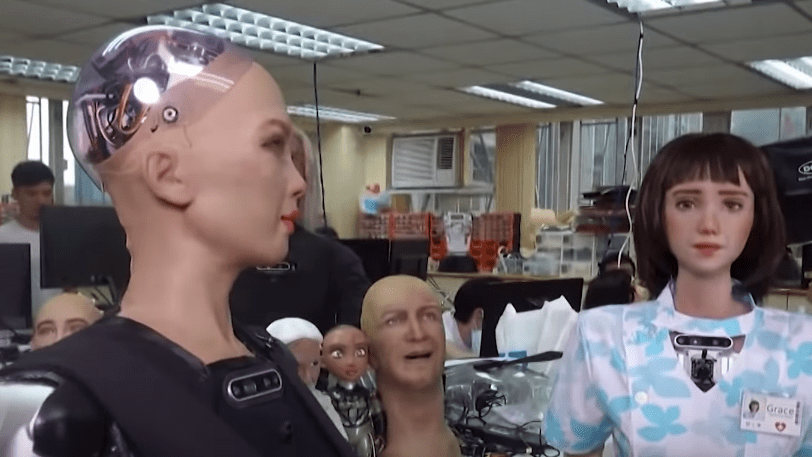
Grace told Reuters, while she was standing with “sister Sophia,” at Hanson Robotics, Hong Kong creator workshop, that “I can visit people and enhance their day with social stimulation… but I can also provide talk therapy, biological reading, and support for healthcare providers.
What does Grace Do?
According to David Hanson, Grace’s relation to a medical practitioner and capacity for socialization intended to lessen the pressure on front-line staff during pandemic. “A human-like appearance fosters trust and natural commitment because our brains are wired for human-to-human interactions,” explained Hanson. Noting that Grace can recreate the acts of more than 48 major facial muscles and has a comforting facial expression reminiscent of anime characters; often combining Asian and Western styles.
Many people’s mental states have been affected by negative thoughts while left at home through COVID-19 lockdowns. “Social robots launched in times like these will undoubtedly benefit the public,” she stated.
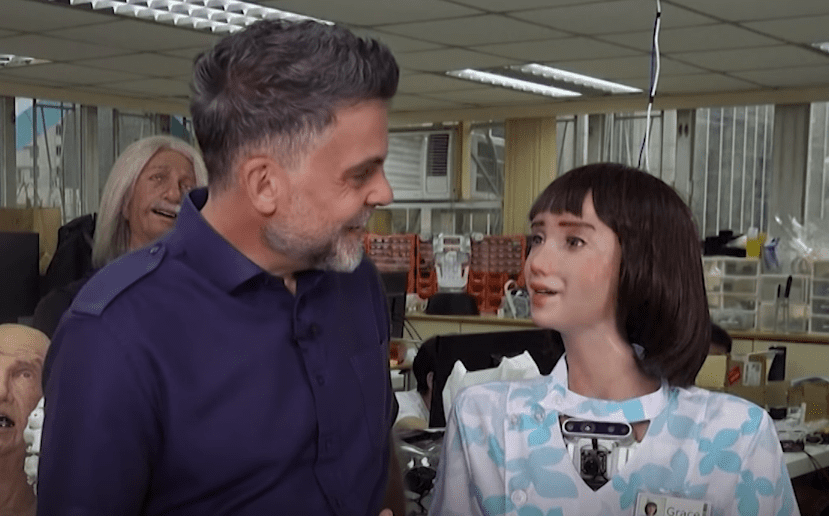
According to David Lake, CEO between Hanson Robotics and Singularity Studio, Awakening Health plans to mass-produce a beta version of Grace by August. And fully deploy it next year at locations including Hong Kong, China, Japan, and Korea. The cost of making robots, now comparable to a luxury car, will decrease once the company produces thousands of units. Grace’s launch coincides with the global impact of covid, highlighting the critical need for humanoid robots, according to Kim Min-Sun.
